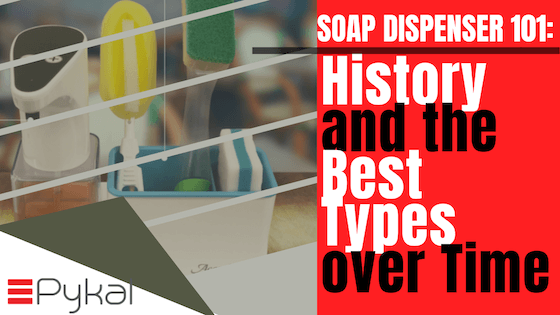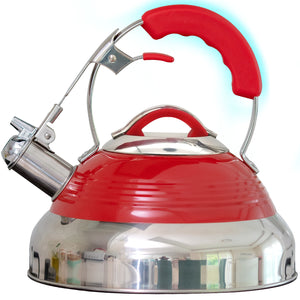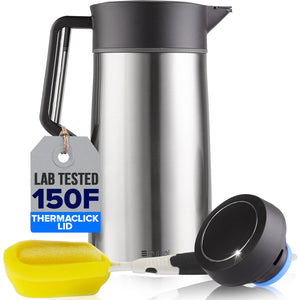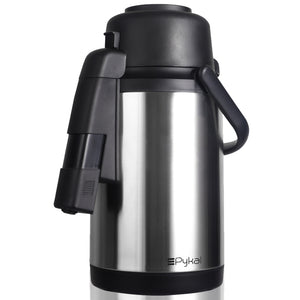
Soap dispensers came into use after liquid soap was patented in 1865, when Minnetonka Corporation first introduced liquid soap dispenser. But before soap dispensers were invented, the ancient world have been using soap since way back! To date, a soap-like material has been found in clay cylinders during an excavation of ancient Babylon, proof that soapmaking was known as early as 2800 B.C.
The History of Soap Making
During ancient times, soap was made by first boiling fats with ashes and then inscribed on cylinders. Records show that ancient Egyptians bathed regularly. The Eber Papyrus, a medical document from about 1500 B.C., describes combining animal and vegetable oils with alkaline salts to form a soap-like material used for treating skin diseases, as well as for washing. At about the same time, the Israelites were given detailed laws governing personal cleanliness. Moses also related cleanliness to health and religious purification. Biblical accounts show that they knew that mixing ashes and oil produced a kind of hair gel. Apparently the early Greeks did not use soap but they bathed for aesthetic reasons. Instead, they cleaned their bodies with blocks of clay, sand, pumice and ashes, then anointed themselves with oil, and scraped off the oil and dirt with a metal instrument known as strigil. They also used oil with ashes. A new soap like substance were also discovered by the ancient Germans and Gauls, which was made of tallow and ashes that they used for tinting their hair red. As Roman civilization advanced, so did bathing. The first of the famously extravagant Roman baths was being supplied with water from their aqueducts, built around 312 B.C. Bathing became very popular and the baths were very luxurious. The Greek physician, Galen also, recommended soap for both medicinal and cleansing purposes by the second century A.D.
Best Types of Soap Dispensers
Here comes now the time where soaps come in a variety of forms and fragrances. With the advent of technology, soap dispensers have now become kitchen and bath essentials. A soap dispenser is a device that dispenses soap usually in small, single-use quantities, when manipulated or triggered appropriately. It can be manually operated by means of a pump, or it can be automatic. Soap dispensers are often found in public toilets. There are two types of soap dispensers, the manual soap dispenser and the automatic soap dispenser.
There are 5 different types of soap dispensers are namely: the bag-in box type, the cartridge type, the foaming type, the refillable type, and the counter mount type.
- The bag-in box soap dispenser:
- Can only use liquid soap
- It is great for high-traffic restrooms and kitchens
- Simple and basic option
- Designed for quick and convenient use
- Effectively utilizes full inner-dispenser space
- Collapsible bag ensures less wasted product
- The cartridge soap dispenser:
- Can use liquid soap, liquid sanitizer, liquid lotion, and liquid lotion
- Ideal for the hospitality and healthcare industries
- Different cartridges make it a multipurpose option
- Can be used in restrooms, kitchens, or showers
- Larger capacity for fewer refills
- The foaming soap dispenser:
- Can use foaming soap and foaming sanitizer
- Perfect for hotel and restaurant restrooms
- High-end option
- Luxurious, foam feel
- Thin soap consistency won’t clog drains
- Compact styles available for small spaces
- The refillable soap dispenser:
- Can use bulk liquid soap and bulk foaming soap
- Perfect for locker rooms, kitchens, and industrial work sites.
- Most economical option
- Large refills ensure low maintenance
- No inner refill casing
- Can be prone to spills and messes
- Available in both foaming and liquid soap versions
- The countertop soap dispenser:
- Can use foaming soap, bulk liquid soap, and bulk foaming soap
- Designed for kitchen or restroom countertops
- Ensures easy user access to soap
- Available in both foaming and liquid soap versions
We also have 2 different types of automatic soap dispensers, the wall type and the counter mount type.
- The wall type:
- Can use foaming soap, bulk liquid soap, and bulk foaming soap
- Great for high-traffic restrooms and kitchens
- High-end option
- Motion activated
- Perfect, controlled portions
- Many have helpful indicator lights
- Battery operated
- The counter mount type:
- Can use foaming soap, bulk liquid soap, and bulk foaming soap
- Designed for kitchen or restroom countertops
- Motion activated
- Perfect, controlled portions
- Many have helpful indicator lights
- Battery operated
Manual soap dispensers and Automatic soap dispensers have advantages and disadvantages.
A Manual soap dispenser has an advantage on:
- It’s a universal operation
- Push button to dispense
- No batteries for less maintenance
- It has a traditional look
While its disadvantages are:
- It is prone to cross contamination
- Can become messy overtime
- No control over user’s portion size

An Automatic soap dispenser however, have an advantage on:
- It’s a touchless operation
- Reduces cross contamination
- It has a modern look
- Incorporates helpful indicator lights
- Controlled portioning
The Pykal Automatic Soap Dispenser introduces the Accusense Dispense Technology which produces ACCURATE and RESPONSIVE touchless sensor that detects your hand with ease. Its Touch-free and hygienic operation also comes with ADJUSTABLE Soap Volume that allows you to easily set the amount of soap dispensed to save you better with NO messy spills or after drippings. Now you can avoid cross infection with this touchless automatic soap dispenser. The Kitchen Soap Dispenser & Bathroom Soap Dispenser also comes with a caddy where you can organize your sink essentials in an INSTANT!
Since ancient times, civilizations have created ways of getting their bodies cleaned. Nowadays it is much easier to get our bodies cleaned because of the advancement on hygienic soaps. Nonetheless, It is now safer and more hygienic to use public toilets because of the advancement in soap dispensers be it a manual dispenser or the automatic one.



















